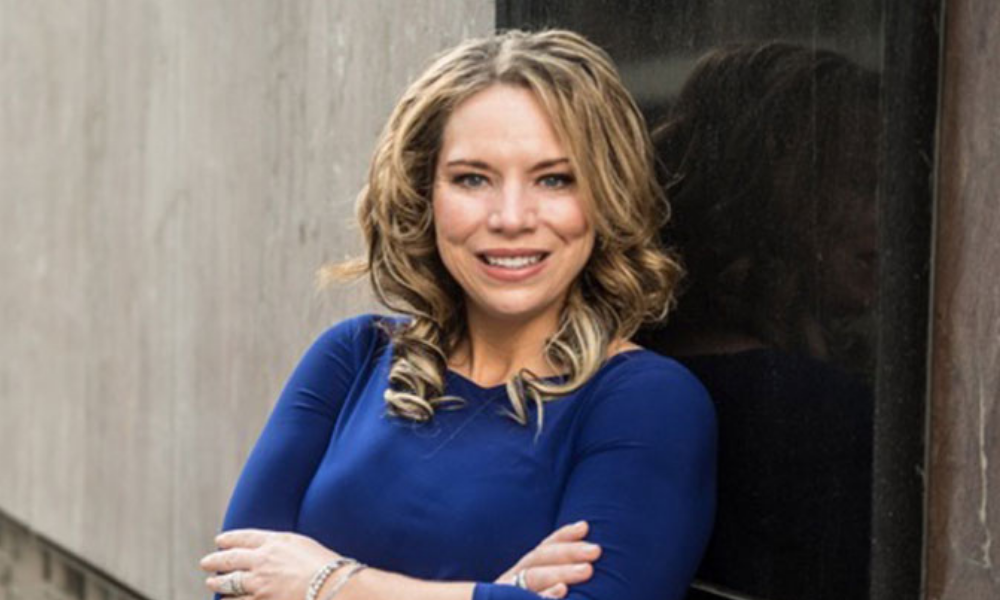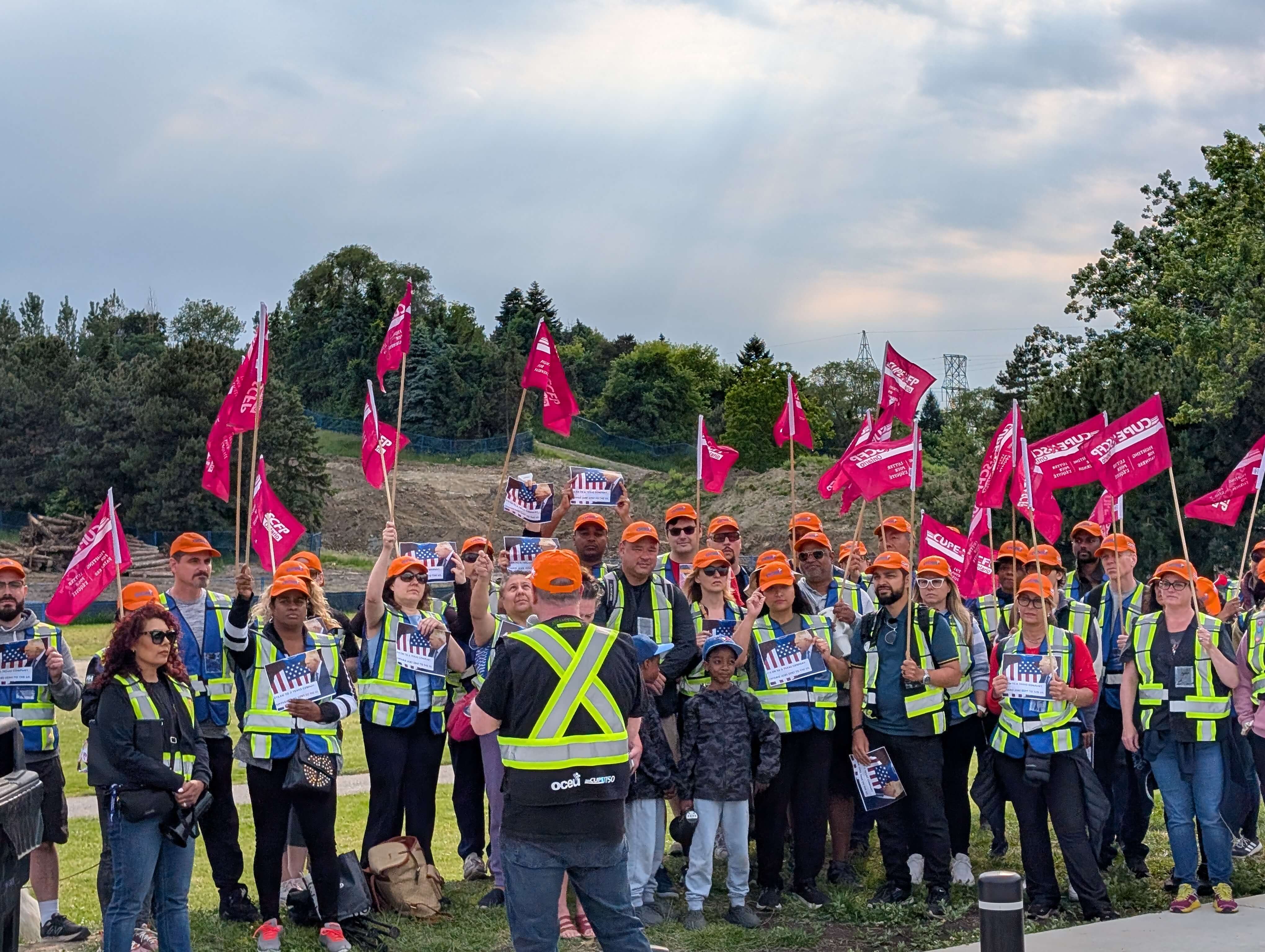VP at Energy Safety Canada on the importance of leadership and gaining practical experience

Paula Campkin’s father worked in the oil patch throughout his whole career, and her mother was a registered nurse.
“I’ve always had that influence in the importance of safety, whether it be workplace or personal. It’s just something that was ingrained in me since I was a child,” she says.
Straight out of her undergrad – which was in industrial psychology – Campkin went to work for a large construction company in Calgary as their Human Resources Manager.
Within a year or so of working there, Campkin was tasked with setting up a WBC disability management return to work program. She took courses at the Alberta Construction Safety Association (ACSA) and it is through setting up the program that she got into health and safety.
“I completed all of the rest of the [ACSA] courses because I just found it very interesting: Hazards identification, assessment and control, accident investigations, auditing – I did all of the courses that the Association had to offer,” says Campkin.
Her interest in health and safety grew over time, eventually switching over to telecommunications where she worked for Bell Canada as Associate Director of Risk. She also pursued her CRSP designation.
“I just really gravitated towards it […] and I have been working in health and safety ever since,” she says.
Campkin is now Vice President, Operations & Safety Centre of Excellence, Energy Safety Canada – the safety association for the Canadian oil and gas industry.
“It was an opportunity to influence at an industry level,” she says, “I’ve learned so much.”
She has been with the association for over 14 years, working in various roles.
Campkin’s favourite part of occupational health and safety is “the diversity of what you get to do.”
“[Health and safety] is a profession, and we can work across any industry,” she says, though she herself is tied to the energy industry. Safety professionals are able to work in a wide array of industries and roles, in the field or in management:
“I was able to make the transition up to executive and setting governance, and serving on boards of directors and committees that are national or international. But at the same time I might be in a board meeting today but tomorrow I could be visiting a rig in Northern B.C. .
And so it’s really cool, the diverse number of opportunities that you have if you want to pursue them in this profession.”
Leadership
In safety, Campkin says that the biggest thing is leading by example:
“You want to make sure that if your company has policies or systems, that you are making sure that you’re modeling behaviour.”
She says that leaders should work health and safety, and the importance of it, right into organizational goals, objectives and targets.
“And you have to resource it appropriately and then measure for continuous improvement, so it’s not just about modeling, coaching, educating and bringing people along, it’s also about how we can improve from where we were and really being proactive about it,” says Campkin.
Outside of work, Campkin volunteers with a number of boards such as the Board of Canadian Registered Safety Professionals (BCRSP) and the Radiation Safety Institute of Canada.
She is also one of the founding members and inaugural chairperson of the Women in Occupational Health and Safety Society (WOHSS) of Canada.
In addition, Campkin is on the board of SafeGen:
“We work through education with the high schools. We empower youth to take responsibility for their health and safety and wellbeing so that when they get their first job they know what the hazards are, what to ask, what their rights are.”
“I think I’ve been very fortunate in my career in terms of being able to get opportunities,” she says.
Nevertheless, the industries that she has worked in have largely been traditionally male dominated, and in very technical roles.
Without a background in STEM, Campkin says that was one of the biggest hurdles to overcome in being taken seriously:
“It’s almost like you have to work twice as hard and be twice as good to even get at the same table.”
For those wishing to get into safety, Campkin says that her biggest piece of advice is to get some practical work experience in the industry so that you are coming to the table with a really good understanding of the work and the types of hazards that come with it.





